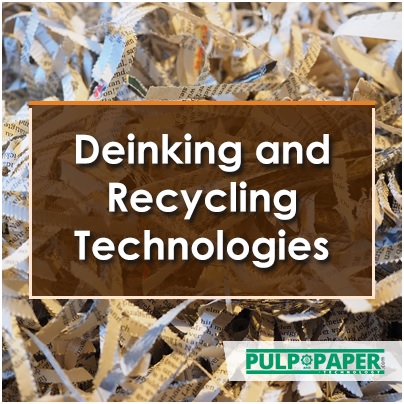Fiber Testing and Analysis in Pulp Production: Ensuring Raw Material Quality

Introduction:
Pulp production is a sophisticated process that transforms raw materials, predominantly wood fibers, into a versatile material used across various industries. The quality of the raw material, particularly the fibers, plays a pivotal role in determining the final product's characteristics. This article aims to delve into the significance of fiber testing and analysis in pulp production, elucidating how these processes ensure the overall quality of the raw materials and, consequently, the end product.
Understanding Fiber Characteristics:
To comprehend the importance of fiber testing, it's imperative to grasp the key characteristics of wood fibers. Fibers, the fundamental components of paper and pulp, exhibit diverse dimensions, strengths, and purities, all of which significantly influence the final product. The main types of wood fibers used in pulp production are long fibers (softwood) and short fibers (hardwood), each contributing distinct properties to the end product.
Fiber Testing Techniques:
1. Fiber Length Analysis:
- Fiber length is a critical parameter in determining paper strength and quality.
- Testing involves measuring the average length of fibers and their distribution within the raw material.
- Modern techniques, such as image analysis, have replaced traditional manual measurements, providing more accurate and efficient results.
2. Fiber Strength Testing:
- The strength of paper is directly related to the strength of its individual fibers.
- Tensile strength and tear resistance are commonly measured to assess fiber strength.
- Advanced instruments, like the Scott Bond tester, evaluate how well fibers bond with each other, indicating the potential for quality paper production.
3. Fiber Purity Analysis:
- Impurities in raw materials can adversely affect the quality of pulp and paper.
- Pulp mills employ various methods, including screening and cleaning processes, to remove contaminants.
- Fiber purity analysis ensures that the raw material meets the required standards for pulp production.
4. Chemical Composition Analysis:
- Understanding the chemical composition of wood fibers is crucial for optimizing the pulping process.
- Techniques like Near-Infrared Spectroscopy (NIRS) help analyze the chemical makeup of fibers, aiding in process control and quality assurance.
Significance of Fiber Testing in Pulp Production:
1. Quality Assurance:
- Consistent fiber quality ensures the production of high-quality pulp and paper products.
- Regular testing helps identify variations in raw material quality, allowing producers to take corrective actions before compromising the final product.
2. Process Optimization:
- Accurate fiber analysis guides the optimization of pulping processes, enhancing efficiency and reducing production costs.
- By understanding the characteristics of incoming fibers, pulp mills can adjust processing parameters to achieve the desired paper properties.
3. Environmental Impact:
- Efficient fiber testing contributes to sustainable pulp production by minimizing waste and resource consumption.
- Knowing the fiber characteristics allows producers to implement environmentally friendly practices, such as recycling and reusing materials.
4. Customer Satisfaction:
- Meeting or exceeding customer expectations requires a thorough understanding of fiber properties.
- Fiber testing ensures that the produced pulp aligns with the specifications demanded by end-users, enhancing customer satisfaction and loyalty.
Conclusion:
In the intricate world of pulp production, where raw materials undergo a transformation into a myriad of paper products, the importance of fiber testing and analysis cannot be overstated. The quality of wood fibers directly influences the properties of the final product, impacting everything from paper strength to printability. By investing in advanced testing techniques and consistently monitoring fiber characteristics, pulp producers can guarantee the production of high-quality materials while also contributing to sustainable and environmentally responsible practices.
Fiber testing in pulp production is not just a technical requirement; it's a key driver for success in an industry that continues to evolve in response to global demands and environmental considerations. As technology advances, so does the capability to refine fiber testing processes, ensuring that the pulp and paper industry remains at the forefront of innovation and efficiency. In essence, fiber testing is the linchpin in the pulp production process, safeguarding the quality, sustainability, and competitiveness of an industry that plays an integral role in our everyday lives.









